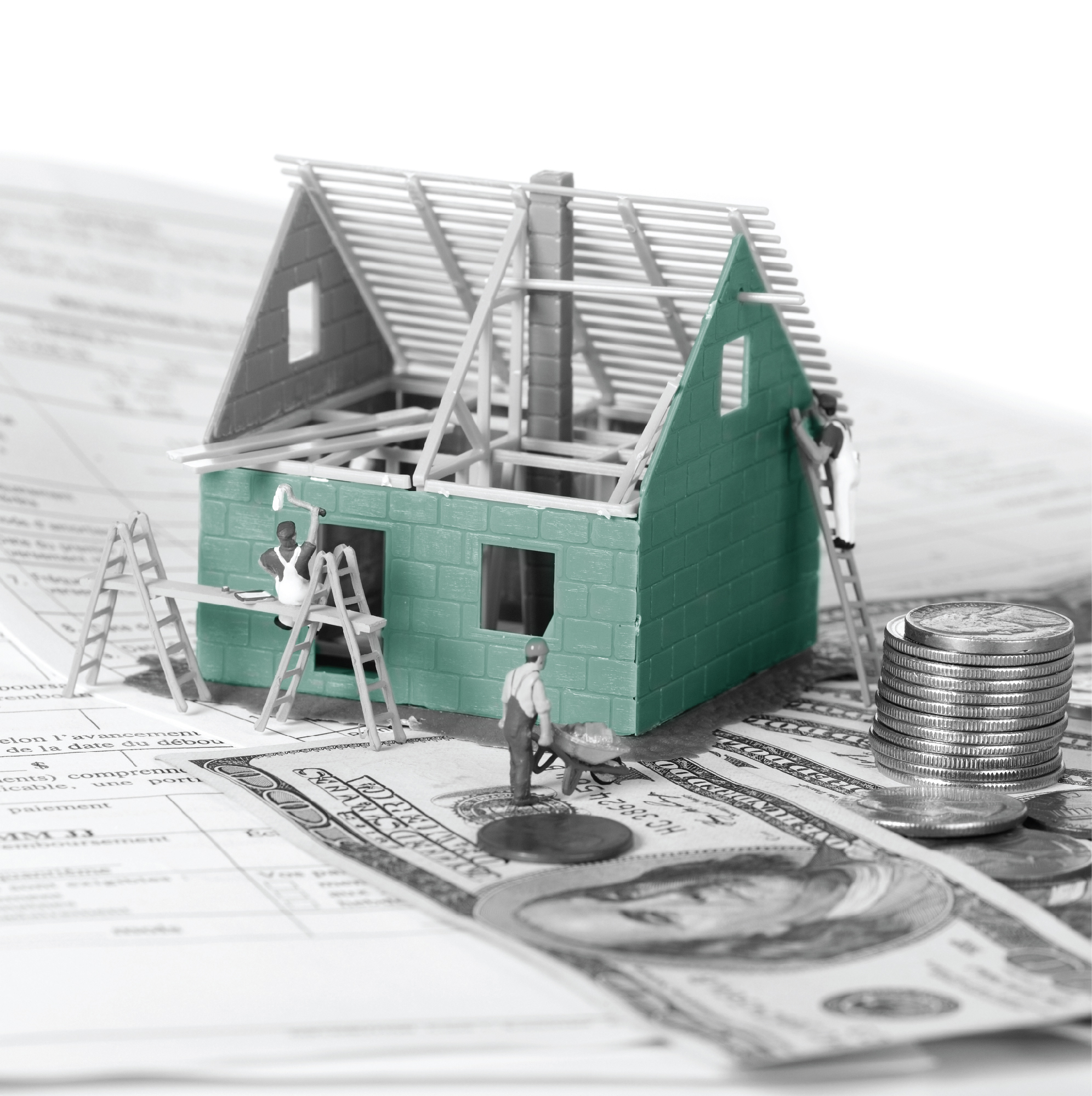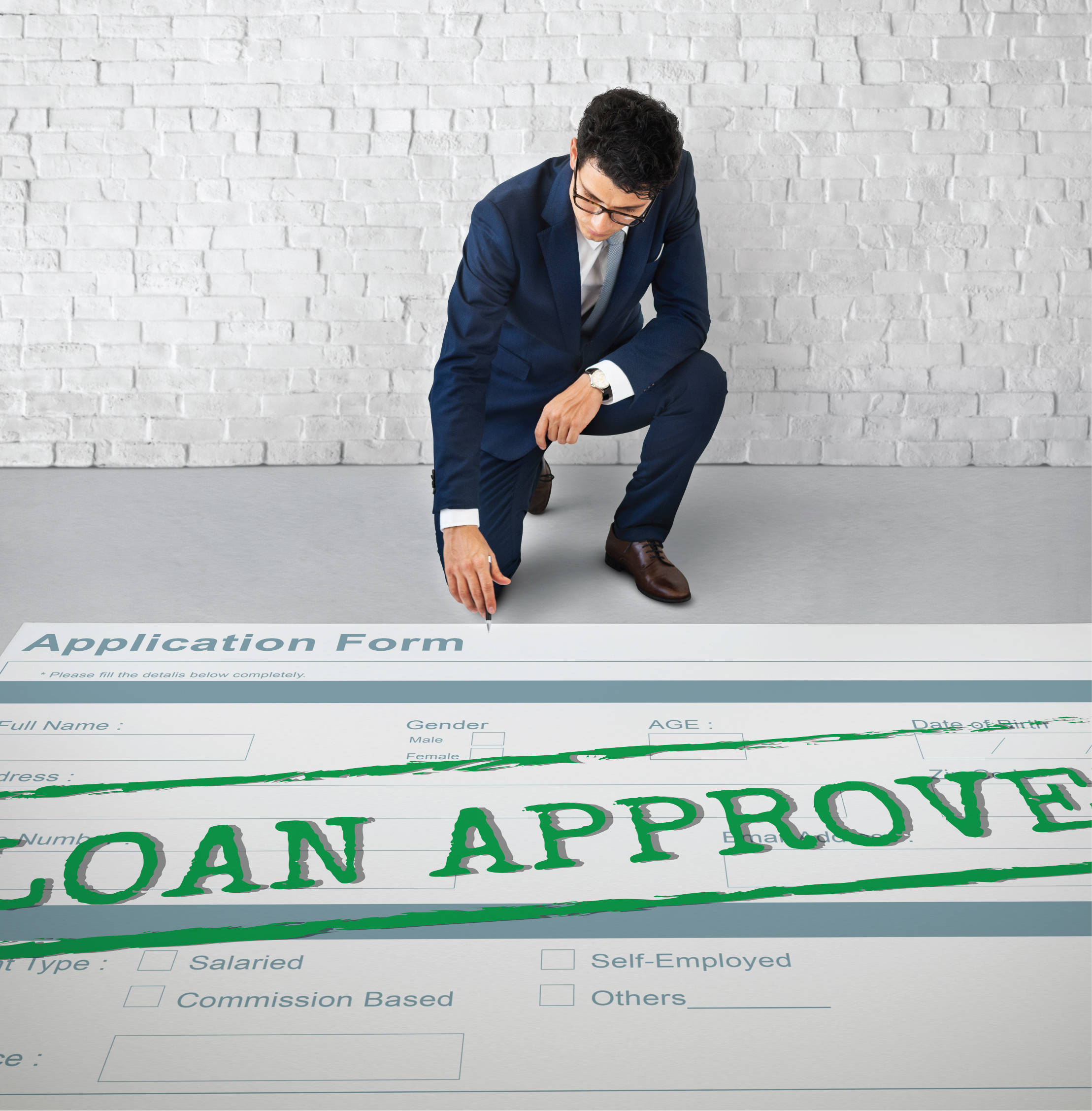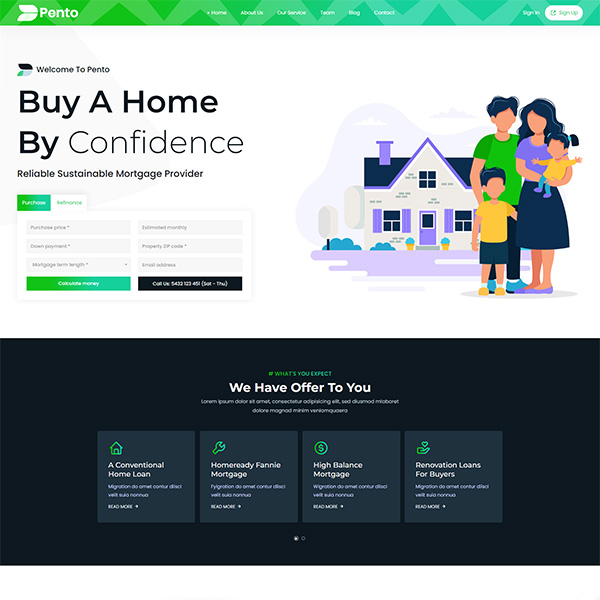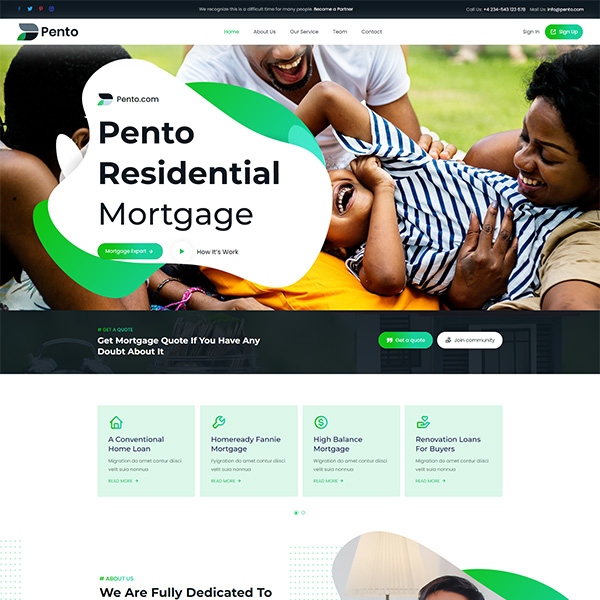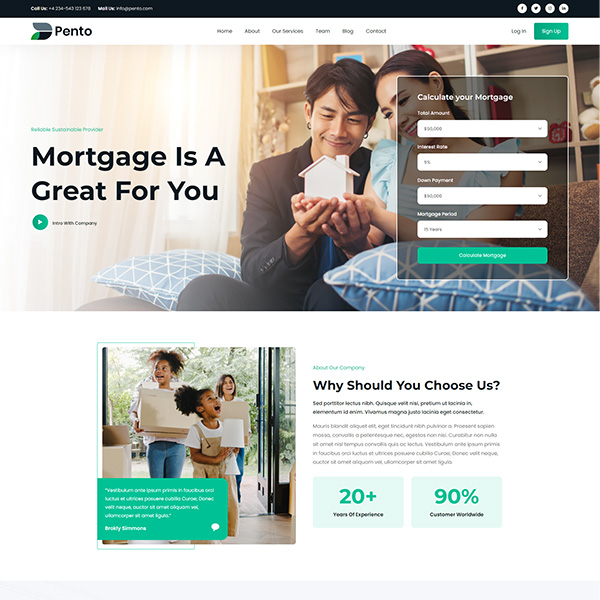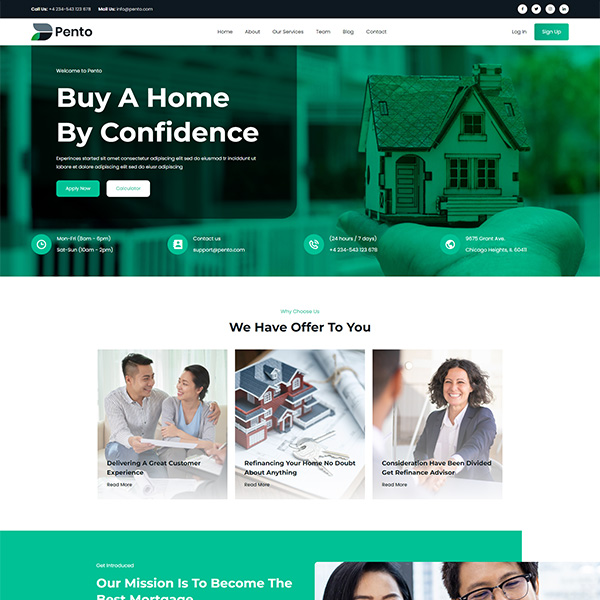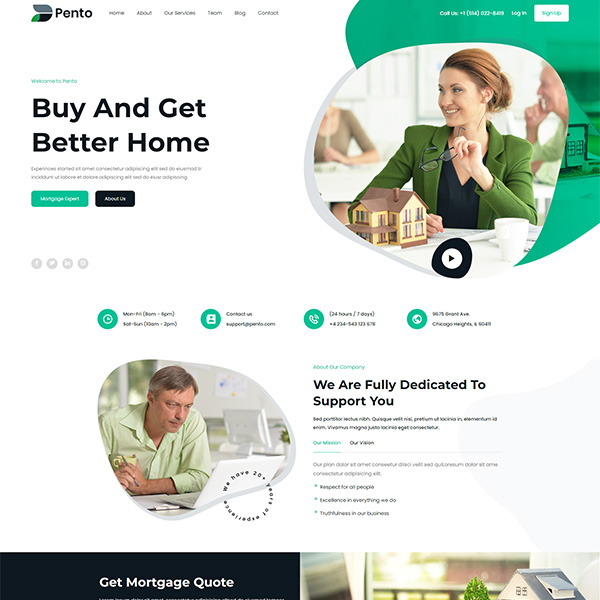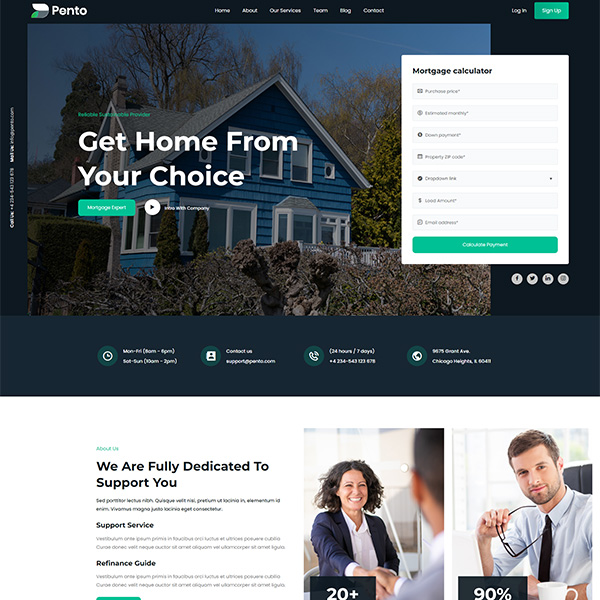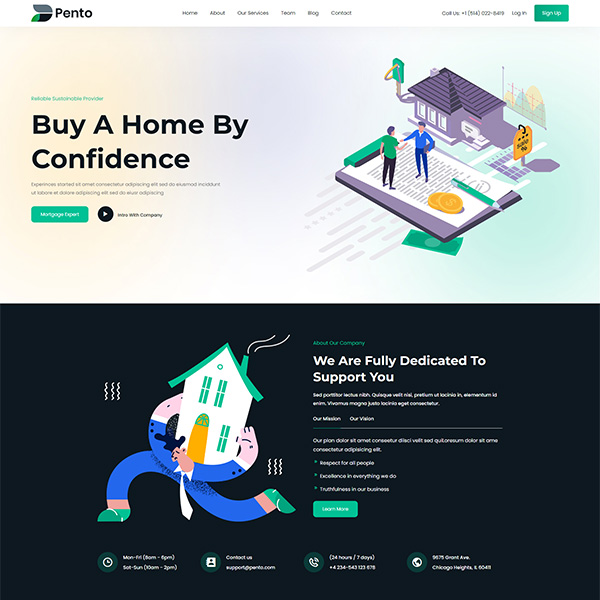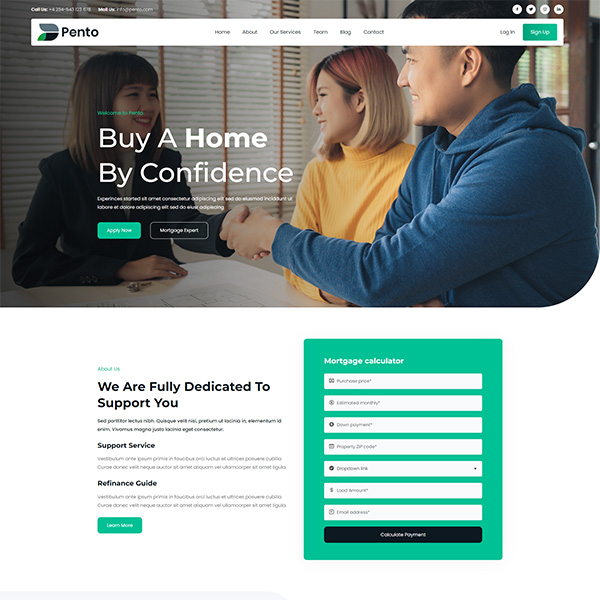1. FHA 203k Loan
Ideal for: Homebuyers and homeowners seeking a government-backed loan option with a low down payment, designed for those looking to purchase or refinance a home that needs repairs or renovations.
Features of the FHA 203(k) Loan:
- Two Loan Options: Limited 203(k): Ideal for minor repairs and updates. Standard 203(k): Designed for more extensive renovations and major improvements.
- All-in-One Financing: Combines the costs of purchasing or refinancing the home with renovation expenses into a single loan.
- Flexible Credit Requirements: Easier approval for borrowers with less-than-perfect credit.
- Simplified Process: One loan closing for both the home purchase/refinance and the renovation.
2. Fannie Mae HomeStyle® Renovation
Ideal for: Homebuyers or homeowners seeking conventional financing with flexibility for renovation projects.
Features
- Finance both your home purchase and renovations in one loan.
- Use the funds for a variety of projects, from small fixes to major upgrades.
- Competitive interest rates and low down payment options.
- Available for primary residences, second homes, and investment properties.
- The HomeStyle Renovation loan offers a simple, flexible way to fund your home improvements with just one mortgage.

